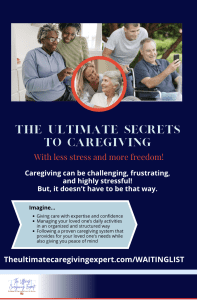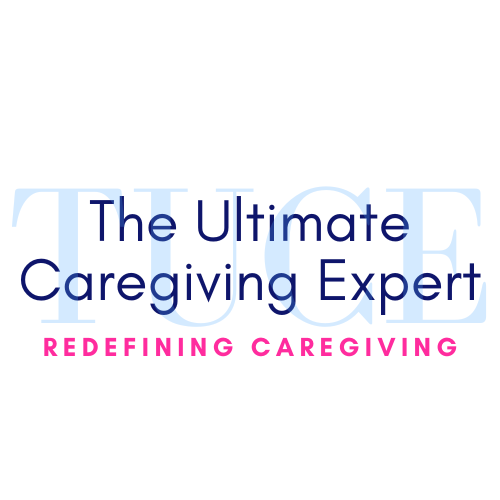How to Manage Peripheral Artery Disease (PAD) Properly

The disease of the peripheral arteries is sometimes known as P.A.D. for short. This is a condition that recurs throughout time. Walking causes pain and weakness in the lower extremities, a characteristic of this condition. Atherosclerosis, which results in inappropriate or abnormal blood flow to the limbs because of the constriction of the arteries, is a primary cause of this condition, and it nearly always happens. It is a widespread issue among the senior population, which necessitates appropriate treatment. However, as the caregiver, you may experience stress due to dealing with this situation daily and being careful not to aggravate the disease any further.
Recognizing the symptoms of peripheral artery disease in older people
Factors Associated with P.A.D.
-
Smoking has been a part of my life for a long time.
-
Diabetes, high blood pressure, excessive cholesterol levels, and obesity are examples of chronic degenerative disorders.
-
A family history of heart disease
-
C – reactive protein levels are incredibly high.
Overseeing this can be stressful because you can’t be in two places simultaneously: running your business and caring for a loved one. Consider hiring some assistance. This will allow you to rest while ensuring your loved one is properly cared for. Or perhaps you want to spend more time with your loved one while devoting less time to mundane business chores such as sending emails, returning phone calls, or managing files. Let’s discuss how I can help you care for your business and your family.
The cause of P.A.D. is unknown.
Symptoms of P.A.D.:
-
The thigh and calf muscles pain the most. There is also soreness following activities such as climbing stairs or walking.
-
Numbness in the legs, as well as weakness.
-
The color of the legs alternates.
-
The temperature of the legs has changed; the bottom part is colder than the other sections.
-
Toenail development is sluggish.
-
Toenails become brittle and readily break.
-
Leg pulse rate is slower.
-
The skin on the legs gets glossy and seems thinner.
-
Foot and toe wounds and sores do not heal.
-
Sexual dysfunction
-
Hair development on the legs is sluggish, or there is hair loss.
Tips for caring for loved ones suffering from peripheral artery disease
-
Exercise
-
Dietary changes
-
Medications
-
Stop smoking
Foot care for the aging
-
inadequate blood flow and a lack of oxygen supply
-
Possibility of getting sores
-
Wounds swell significantly.
Suggestions and tips
-
Keep your feet clean.
-
Massage and moisturizer
-
Wear socks and shoes that fit correctly.
-
Proper wound care
-
Be cautious when getting pedicures.
-
Never walk around barefoot.
-
Seek a podiatrist
-
The foot of an athlete
-
Hammer’s toe
-
Blisters
-
Bunions
-
Toenails with corns and calluses
-
Gout
-
painful ingrown toenails
-
Toenail Fungus
Caregiving can be challenging, frustrating, and highly stressful!
But it doesn’t have to be that way.
I will tailor the sessions to your specific needs to:
Additional Education
Education in caregiving refers to acquiring the knowledge, skills, and understanding necessary to provide care for individuals who require assistance with activities of daily living, such as bathing, dressing, eating, and grooming.
This education can be obtained through formal programs or on-the-job training and experience.
Education in caregiving aims to equip individuals with the skills and knowledge necessary to provide high-quality, compassionate care for those in need.
Caregiving can be challenging, frustrating, and highly stressful!
But . . . it doesn’t have to be that way.
Imagine . . .
- Giving care with expertise and confidence
- Managing your loved one’s daily activities in an organized and structured way
- You follow a proven caregiving system that provides for your loved one’s needs while giving you peace of mind.
If the above sounds like what you need and have been searching for desperately . . . Then you need to enroll in The Ultimate Secrets to Caregiving with LESS Stress and MORE peace course!


